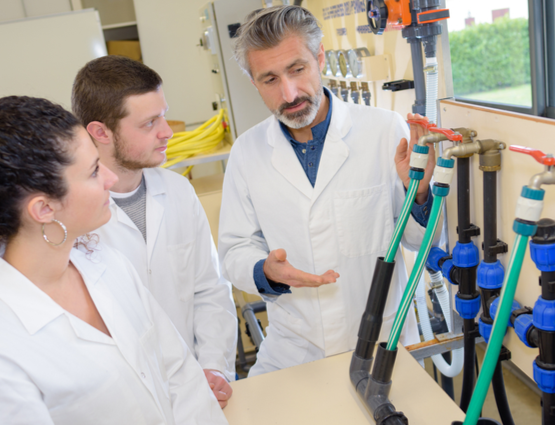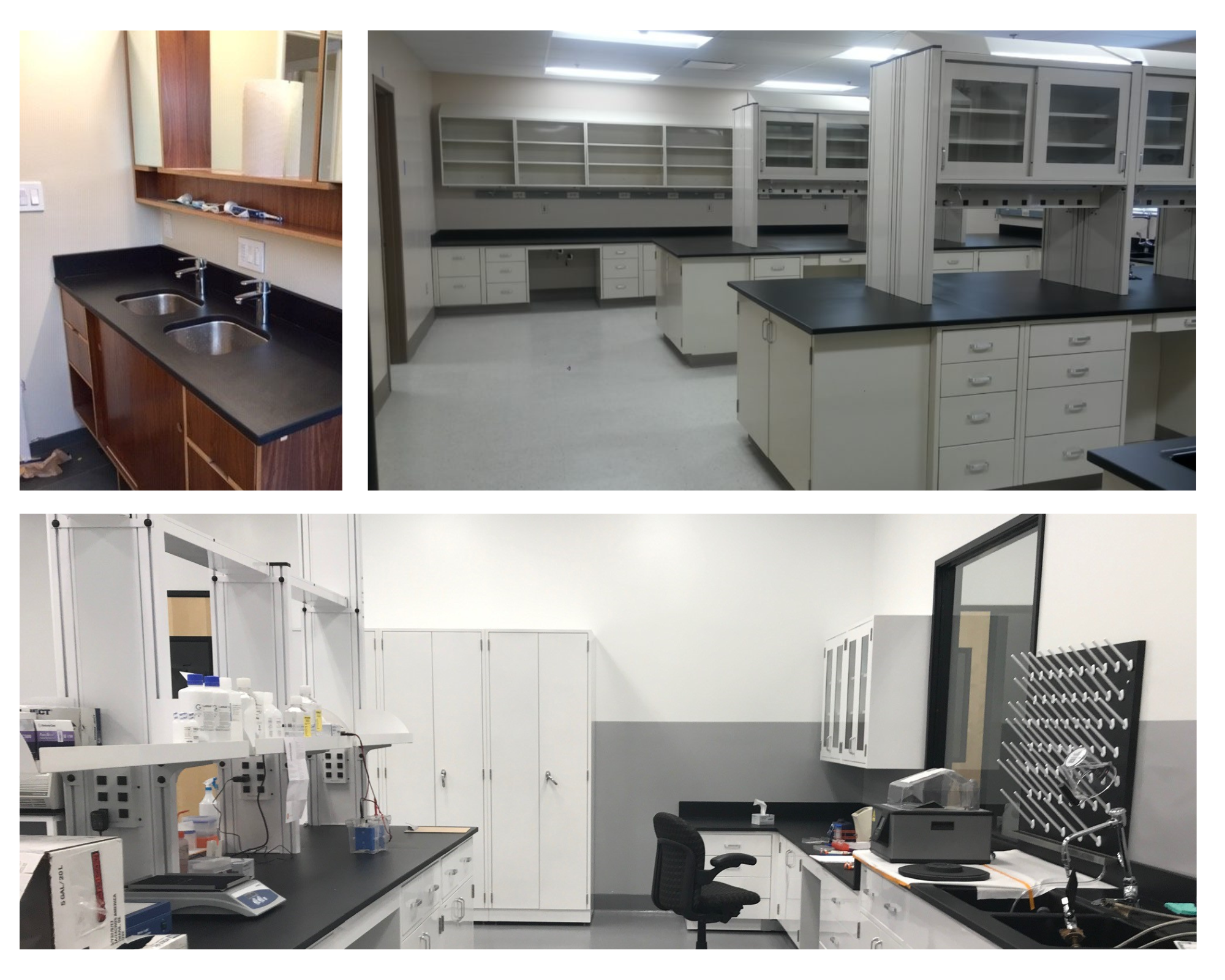When designing plumbing systems for labs, there are a few essential elements every laboratory needs to have on their radar (and implemented as part of their lab structures.) Today, we’re talking about why every laboratory needs to have a proper plumbing system along with what constitutes a good system.
Ensuring Safety
Safety should be every lab plumbing engineer’s priority. Laboratories are potentially hazardous environments with lab researchers dealing with hazardous substances on a daily basis. They need to know that the workstations they work on and the systems they use are 100% safe and adequately set up. When a lab researcher is working, they need to have immediate access to eye washes and emergency fixtures that will help them remove contaminants in case of a mishap.
Preventing Water Waste
More and more labs are choosing fixed equipment options (e.g., glass wash units, reduced flow faucets, chilled water-cooled sterilizers, and similar) as a method of reducing water consumption in labs. There’s now more scientific equipment accessible that’s increasing the prevalence of process chilled water systems. One of the challenges that labs are still facing is to recognize the type of equipment that’s best for reducing water consumption rather than reducing the instantaneous load. It is good because it results in the same consumption while extending the processing time.
Glass Piping vs. Acid-Resistant Plastic
A trend spotted by lab plumbing engineers is replacing the use of glass piping for acid waste with acid-resistant plastic. For lab plumbing solutions it is a shift the majority of lab experts are very keen to support. Acid-resistant plastic installs easily and is much cheaper than glass. It is understandable why some labs like to keep their plumbing systems old-school, although they should understand that a good plumbing system means one that keeps up with lab innovations.
Preventing Backflow
A good plumbing system means a lab safe from backflow and backsiphonage. Before it goes into the sanitary sewer, all the waste needs treatment on site. Other debris, i.e., the waste that cannot process on site should be disposed of in a separate facility.
What’s good plumbing got to do with this? Simple – If the public water isn’t protected from being contaminated by lab chemicals that are often hazardous, public health can be endangered. Many municipalities require a high level of lab backflow prevention to keep the municipal system protected. Backflow is accomplished by using backflow prevention devices that allow flow into the area, but not back to the source.
The Fight Against Backsiphonage
A similar hazard to backflow, backsiphonage happens due to lack of pressure instead of overpressure. As opposed to backflow that protects municipal water supplies from lab contaminants, adequately adjusted backsiphonage protects lab researchers from these contaminants through the potable water supply. Unless a lab has a good plumbing system, pollutants from lab sinks, fixtures, and equipment open to atmospheric pressure can enter the water supply through backsiphonage.
For the lab that you work in to be safe for both lab researchers and people outside of a lab, a good plumbing system is essential for that laboratory. Work with a reputable and professional lab planner to get the best advice on your lab plumbing system and the best execution.


